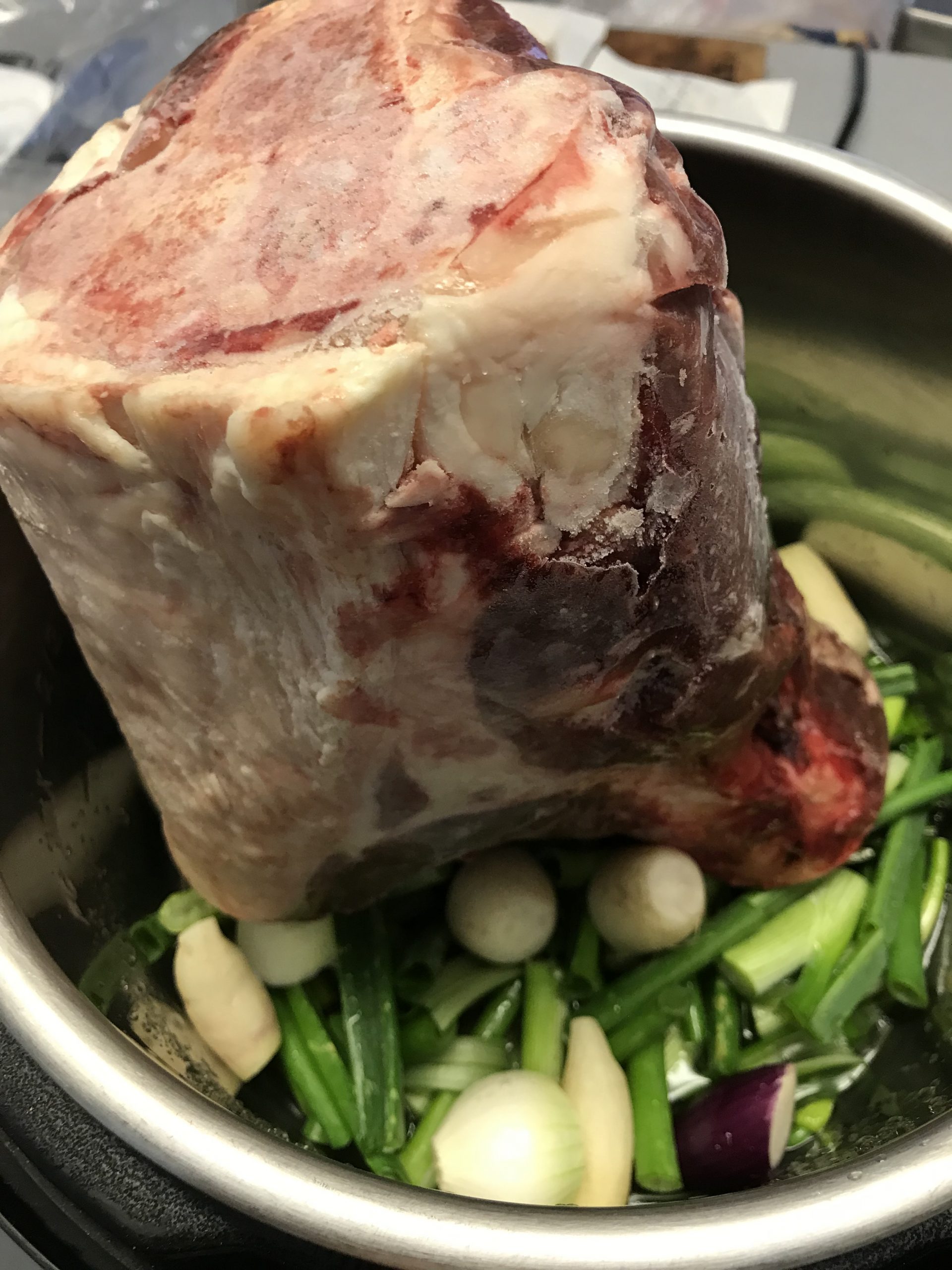Welcome to part 2 in our 3 part series on Wild Pacific Salmon. Last time, we discussed Coho, one of the largest salmon with a medium flavor and firm texture. You may recall, Coho is America’s favorite salmon for grilling. This week our focus is on the lesser known Keta Salmon.
In rural Alaska, Keta is intrinsically tied to subsistence fishing. Families in Alaska’s coastal communities rely on subsistence salmon fishing to survive. As the most widely distributed salmon species throughout Alaska, Keta is commonly caught for subsistence and preserved by smoking. As the 3rd largest Wild Pacific Salmon, Keta has an average weight of 8 pounds. Known throughout the US and around the globe as Chum, Dog, or Silverbrite Salmon, Keta has a firm texture, pink color and mild flavor. A 3 ounce serving of Keta Salmon contains 22 grams of protein, 2.9 mcg of vitamin B12, 683 mg Omega 3s DHA & EPA, 470 mg potassium and trace amounts of selenium and phosphorous. Lower cooking temperatures are recommended for Keta due to its lower oil content. Keta is a versatile salmon and is great for baking, broiling, grilling, poaching, sautéing, smoking, sushi/sashimi, roasting and steaming.
Many of our customers here in the American southwest prefer Keta due to its milder flavor. Consider that its omega 3 content is superior to cod, halibut and almost all other whitefish. Keta is so mild you can use it as a substitute for almost any whitefish. Great for fish and chips, ceviche, or fish tacos. Sauces, salsas and chile all work well with Keta. Crispy seared Keta Salmon skin is special treat! Although it may seem fancy or illusive, poaching salmon is simple and the result is always delicious!
Try a fast fish recipe:
Easy Poached Keta Salmon
Ingredients
4 cups cold water
Juice of 1 lemon (approx. 2 tbs)
1 medium onion, quartered
1 stalk celery, cut into 3-in. chunks
1 carrot, cut into 3-in. chunks
1 bay leaf
12 peppercorns
4 sprigs flat-leaf parsley
Pinch sea salt
1.5 pounds Keta Salmon filets
Directions
In a 3-quart saute pan or shallow pot, combine water with lemon juice, onion, celery, carrot, bay leaf, peppercorns, parsley, and a large pinch of salt.
Add the salmon to the poaching liquid. The water should just cover the salmon. Turn the burner to medium, and heat until the poaching liquid just starts to simmer. Do not bring the liquid to a full boil.
Cover and cook the salmon for about 7 to 10 more minutes.
Transfer the salmon to a plate or platter and allow to rest for five minutes. Serve warm, at room temperature, or chilled, with a topping of choice. Some of our favorite toppings include green chile salsa, yogurt dill sauce, lemon caper butter sauce, honey ginger glaze and dijon mustard.
Tip: For a variation on poaching liquid, use half dry white wine (or sake) and half water in place of 4 cups of water. Other options for poaching solution include fresh pressed carrot juice, green tea or homemade broth.
ENJOY!
Brenna & Kenny









